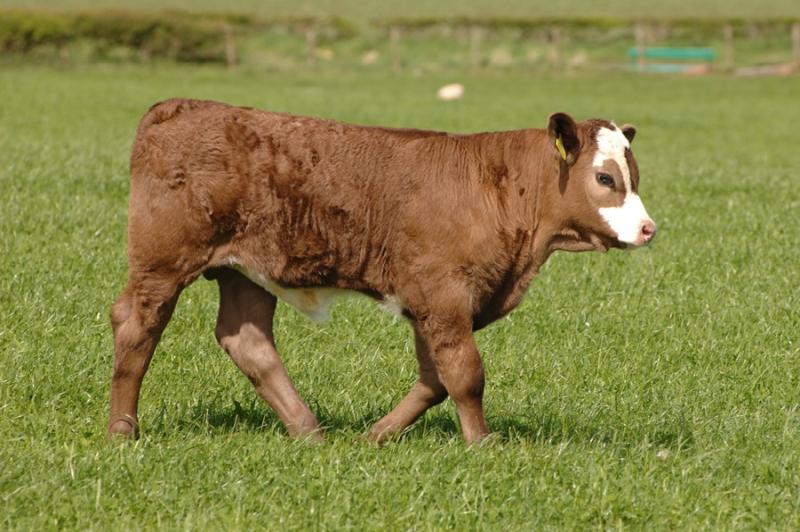
The Scottish government has issued further guidance as to how force majeure and an appeals process could be applied to new Scottish Suckler Beef Support Scheme (SSBSS).
The updated guidance issued by the government provides illustrative examples of a force majeure process and what the detail required could look like.
This includes examples of how the impact of bull failure or disease breakdown on the new SSBSS condition around calving interval and a business’ claim to the scheme would be assessed on a case-by-case basis.
The Scottish government's changes to SSBSS come into force for the 2025 scheme year, meaning any calves claimed from 2025 onwards need to meet the eligibility criteria.
These include at least 75% beef genetics; be held on the holding of birth for at least 30 day; and its dam must have a calving interval of 410 days or less, with heifers not be subject to this condition.
The government's purpose and objective of the SSBSS reform is to increase efficiency and reduce emissions.
But NFU Scotland Livestock Chair Hugh Fraser said the union had been clear that a process was needed which enabled an individual to present evidence highlighting that, despite their due diligence and good practice, they were subject to abnormal and unforeseen circumstances out with their control.
"This is not an exhaustive list of exceptional circumstances, and we do have confirmation that each individual call for force majeure to be taken into consideration will be looked at on a case-by-case basis," he said.
“It is important to highlight that these are just examples. In real terms, failure to comply with the calving interval conditionality will need to be at a large scale given the significant amount of evidence and information required by a farmer or crofter to gather.
"This will then be tested against objective and subjective measures to assess if it qualifies for an exemption."
The SSBSS' new condition aims to both support efficiency of the beef sector, as well as contribute to a reduction of greenhouse gas emissions.
The new condition will incorporate a calving interval threshold of 410 days, and will be introduced from 2025 onwards.
This condition will apply to calves born from cows who have an established calving interval.
The first calves registered to any dam will be exempt from the calving interval threshold condition and will remain eligible for payment, provided that all other scheme conditions are met.
The new condition will relate to the calving interval of individual animal rather than a herd average.
Mr Fraser added that improving productivity and profitability by increasing the ratio of calves born "can only be in our interest".
"As a result, by reducing emissions intensity, this is in the public interest, justifying our fight to keep SSBSS until at least 2028 with a full ring-fenced £40 million budget."
